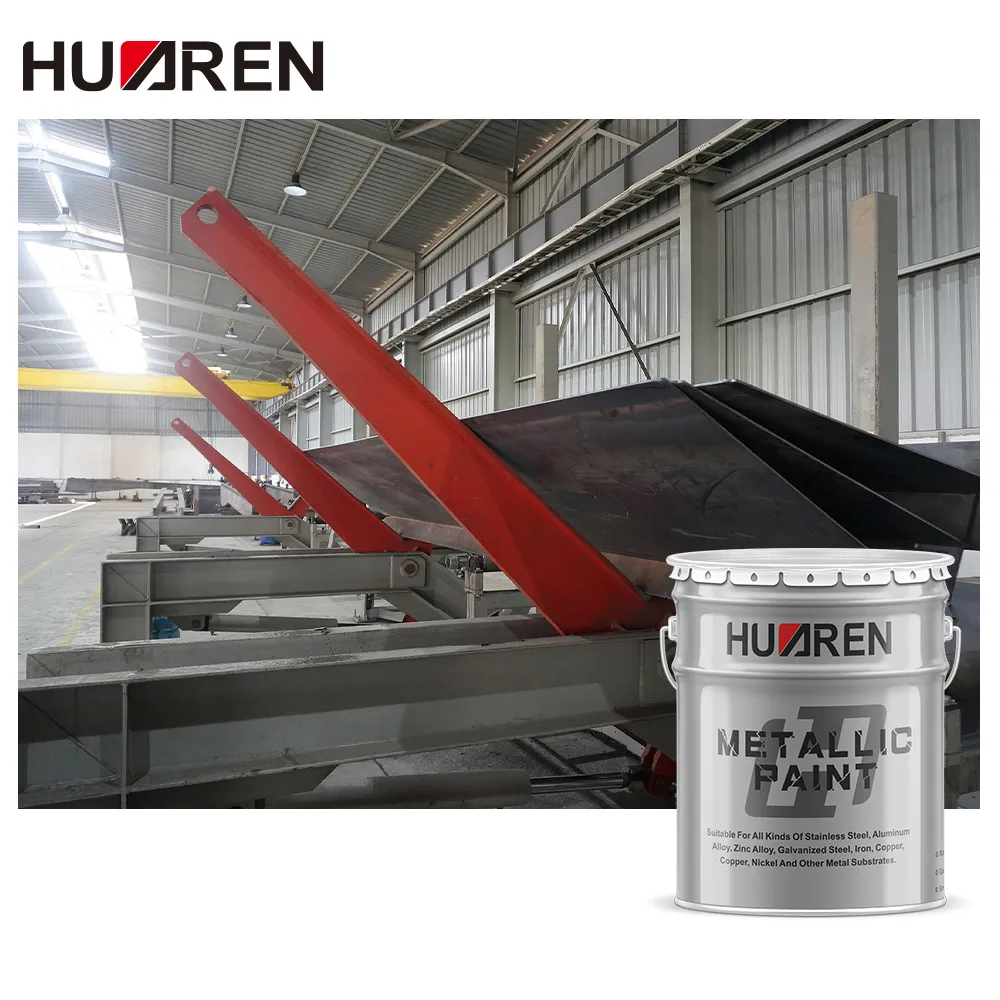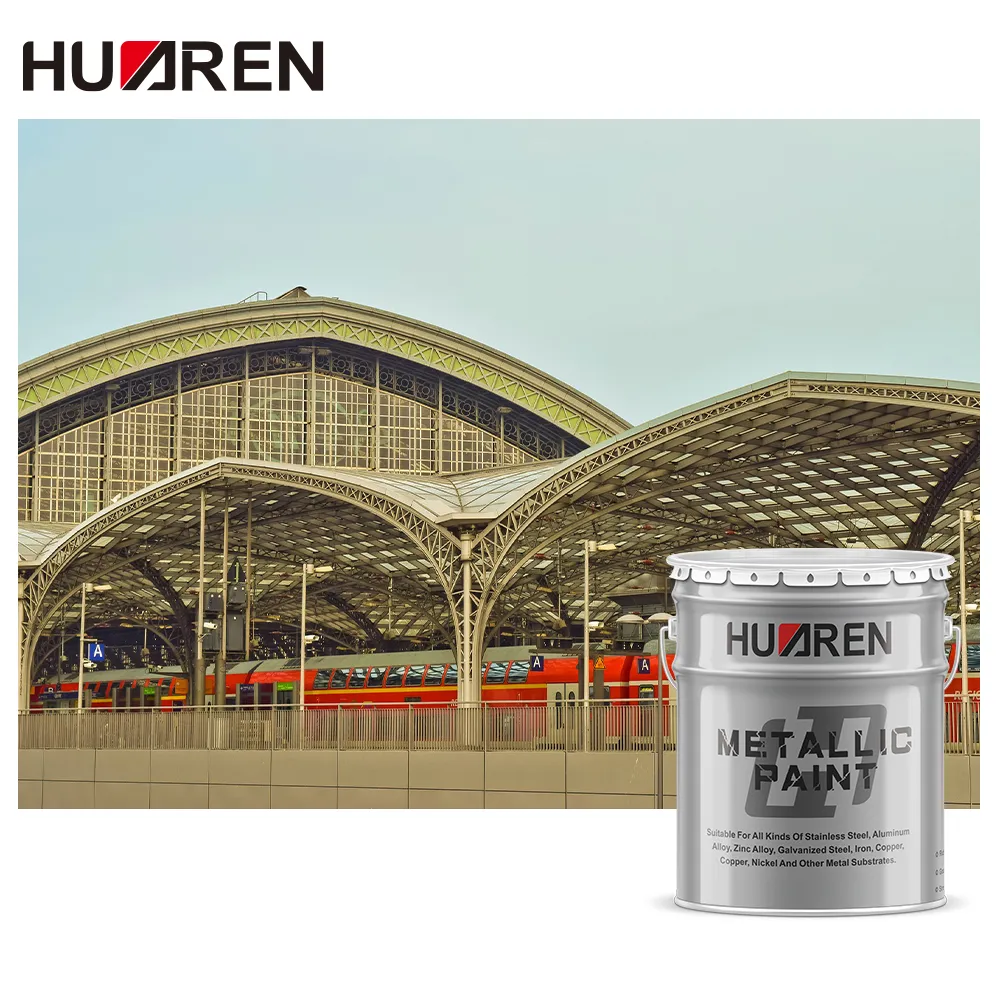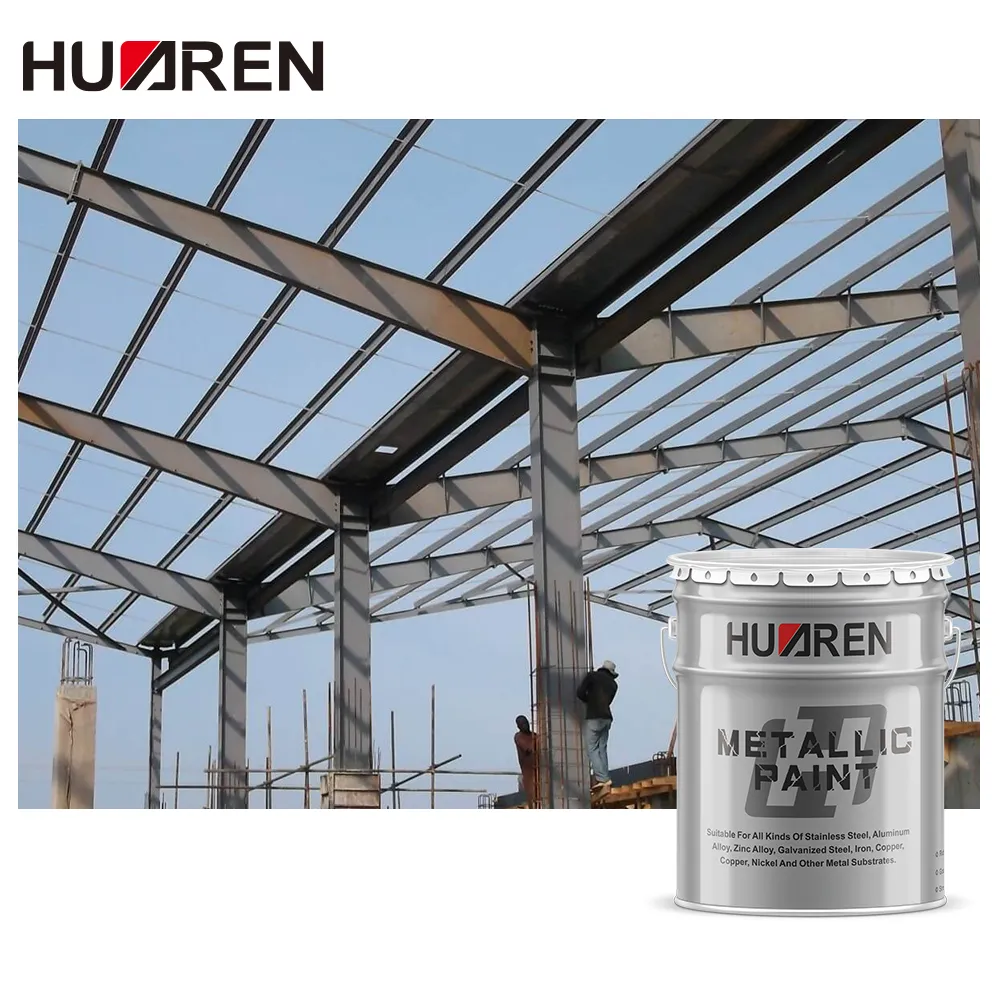Heat-resistant paints are widely used in industry, home appliances, and automobiles. We often see that many heat-resistant paints are black when we see some equipment used in high-temperature environments. However, this can't help but raise questions: Why is black, a heat-absorbing color, used in heat-resistant coatings? Doesn't black accelerate the temperature rise? This article will explore this issue in depth and analyze the working principle of heat-resistant paint.

Black paint and heat absorption effect
In daily life, we usually think that black objects absorb heat more easily than other colors. This view is based on the optical principle in physics. Black objects absorb visible light almost completely, while white objects reflect it almost completely. Therefore, black clothes do feel hotter than white clothes in the sun.
The same logic applies to the surface of materials: black objects absorb more visible light energy than other colors. However, the application scenario of heat-resistant paint is mainly in high-temperature environments, and in such environments, the main way of heat transfer is not just relying on the absorption and reflection of light. In order to understand why heat-resistant paint can be black, we first need to understand the heat transfer mechanism in high-temperature environments.
What is the role of heat transfer mode and heat-resistant paint?
There are three main ways of heat transfer: conduction, convection, and radiation.
1. Conduction: This is the transfer of heat through direct contact between molecules or electrons of an object. Metallic materials generally have high thermal conductivity, so in high temperature environments, heat is quickly transferred to the surface of the material.
2. Convection: This is the transfer of heat through flowing air or liquid. In high temperature environments, air convection will carry heat away from the surface of the device.
3. Radiation: This is the release of heat from an object in the form of electromagnetic waves. All objects emit infrared radiation, especially at high temperatures, this thermal radiation increases significantly. Black objects are more effective at radiating heat than light-colored objects.
The role of heat-resistant paint is not just to reflect light, its main function is to resist high temperatures, slow down heat transfer, and maintain its physical properties at extreme temperatures. Therefore, the color of heat-resistant paint (such as black) is more due to physical and chemical stability, thermal radiation efficiency, and material performance considerations rather than simple optical reflection.

Why is heat-resistant paint commonly black?
There are several main reasons why many heat-resistant paints are black.
Black radiates heat more effectively
Although black tends to absorb heat from visible light, it is more effective at radiating heat. According to the Stefan-Boltzmann law, all objects release heat as thermal radiation. Black objects radiate more efficiently, which means that at high temperatures, black surfaces are more likely to radiate heat away.
In industrial applications, many times, the surface of equipment does not heat up due to light exposure, but due to direct contact with hot gases, liquids or solids. If the surface of the equipment can radiate heat away effectively, further temperature accumulation can be avoided. It is in this case that black heat-resistant paint helps cool the equipment by enhancing the radiated heat.
High stability of black pigments
Black pigments, such as carbon black, have excellent chemical stability at high temperatures. Compared with pigments of other colors, the molecular structure of black pigments does not easily decompose or deteriorate in high temperature environments. This makes black one of the ideal choices for heat-resistant paints because the coating can still maintain its function and appearance when exposed to high temperatures.
Some other color pigments may react chemically at high temperatures, causing the coating to lose its protective function or change color. In contrast, black pigments perform well in extreme temperatures, maintaining the integrity and durability of their coatings.
Widely used and low cost
Black heat-resistant paint not only has good high-temperature resistance, but also is generally less expensive to produce. Carbon black is a relatively cheap and readily available pigment, while the production of other colors of heat-resistant paint may require the use of more complex and expensive chemical ingredients. In addition, black paint is also more aesthetically pleasing and practical in application scenarios such as industrial equipment, automobile exhaust pipes, and barbecue grills.
Therefore, for cost-effectiveness and functional needs, black heat-resistant paint has become the first choice in many high-temperature environments.
What is the principle of heat-resistant paint?
After understanding why black heat-resistant paint is widely used, let's take a deeper look at the working principle of heat-resistant paint. The reason why heat-resistant paint can protect the substrate in high-temperature environments depends on its special composition and structural design. Heat-resistant paint usually has the following characteristics:
High-temperature resistant resin
The base material of heat-resistant paint is usually composed of special high-temperature resistant resins. Unlike ordinary paints, the resin used in heat-resistant paint can maintain the stability of its chemical structure at high temperatures without melting or softening. Common heat-resistant resins include silicone resins, epoxy resins, and polyamide resins.
Among them, silicone resins are widely used in high-temperature environments because they can not only withstand high temperatures (up to 500°C or even higher), but also have excellent anti-oxidation and anti-ultraviolet properties. The coatings formed by these resins can effectively protect the substrate from corrosion, oxidation, and other problems caused by high temperatures.
Heat-resistant pigments
In addition to resins, the pigments in heat-resistant paints also need to have high-temperature resistance. Traditional pigments will fade, change color, or even decompose at high temperatures, causing the coating to lose its protective function. The pigments in heat-resistant paints are usually inorganic pigments, such as iron oxide and chromium oxide, which can remain stable at high temperatures and will not undergo chemical changes.
These heat-resistant pigments can also enhance the coating's anti-ultraviolet and anti-oxidation properties, thereby extending the coating's service life. In addition, the pigments of heat-resistant paints can help the coating better reflect or radiate heat to prevent the substrate's temperature from rising excessively.
Resistance to thermal expansion and contraction
In high-temperature environments, substrates (such as metals) will expand and contract thermally. If the coating cannot adapt to this change, the coating surface may crack or peel off, resulting in failure. Heat-resistant paints are designed with this thermal expansion and contraction in mind. By adjusting the flexibility and elasticity of the paint, the heat-resistant paint is able to expand or contract as the temperature of the substrate changes, thereby maintaining the integrity of the coating.
Anti-corrosion and anti-oxidation performance
In high-temperature environments, there is not only the threat of heat, but the presence of oxygen can also accelerate the oxidation and corrosion of metal materials. Heat-resistant paints generally have good anti-corrosion properties, which can inhibit direct contact between oxygen and the substrate at high temperatures and prevent the formation of oxides. In addition, some heat-resistant paints also contain antioxidant additives, which further improve the protective effect of the coating.
Wear resistance and adhesion
Heat-resistant paints also need to have excellent adhesion and wear resistance in high-temperature environments, especially in mechanically demanding applications such as automobiles and industrial equipment. As the temperature rises, many coatings lose adhesion to the substrate, resulting in peeling of the coating. However, the resins and pigments in heat-resistant paints are designed to remain firmly attached to the substrate surface at high temperatures, providing long-term protection.

What are the application scenarios of heat-resistant paints?
Heat-resistant paint is widely used in places that need to withstand high temperatures. Its typical applications include:
● Automobile exhaust pipes: Automobile exhaust systems need to withstand extremely high temperatures, especially the exhaust gas temperature from the engine can reach hundreds of degrees Celsius. Black heat-resistant paint is often used to paint the surface of the exhaust pipe, which not only provides high temperature protection but also improves the appearance.
● Barbecue equipment: Barbecue stoves, grills and other equipment will be exposed to open flames or high temperatures during use. Heat-resistant paint can protect the surface of the equipment and prevent deformation or corrosion caused by high temperatures.
● Industrial furnaces: Furnaces, chimneys and other equipment used in industrial production processes operate at extremely high temperatures. Heat-resistant paint can effectively extend the service life of these equipment.
Huaren Chemical Industry Co., Ltd. is a leading manufacturer and supplier of high-quality resins, paints, and industrial coatings in China. Established in 1994, our company operates 30 advanced production lines for paints and 6 for resins, with an impressive annual output of over 20,000 tons. We specialize in providing diverse products, including epoxy coatings, acrylic paints, chlorinated rubber paints, water-based industrial paints, and phenolic coatings, among others. Our products are widely used in industries such as petrochemicals, shipbuilding, construction, and machinery. We offer competitive wholesale prices, reliable global delivery, and customized solutions for buyers looking for cost-effective options without compromising on quality. Contact us today for quotes and exclusive discounts for bulk orders!

